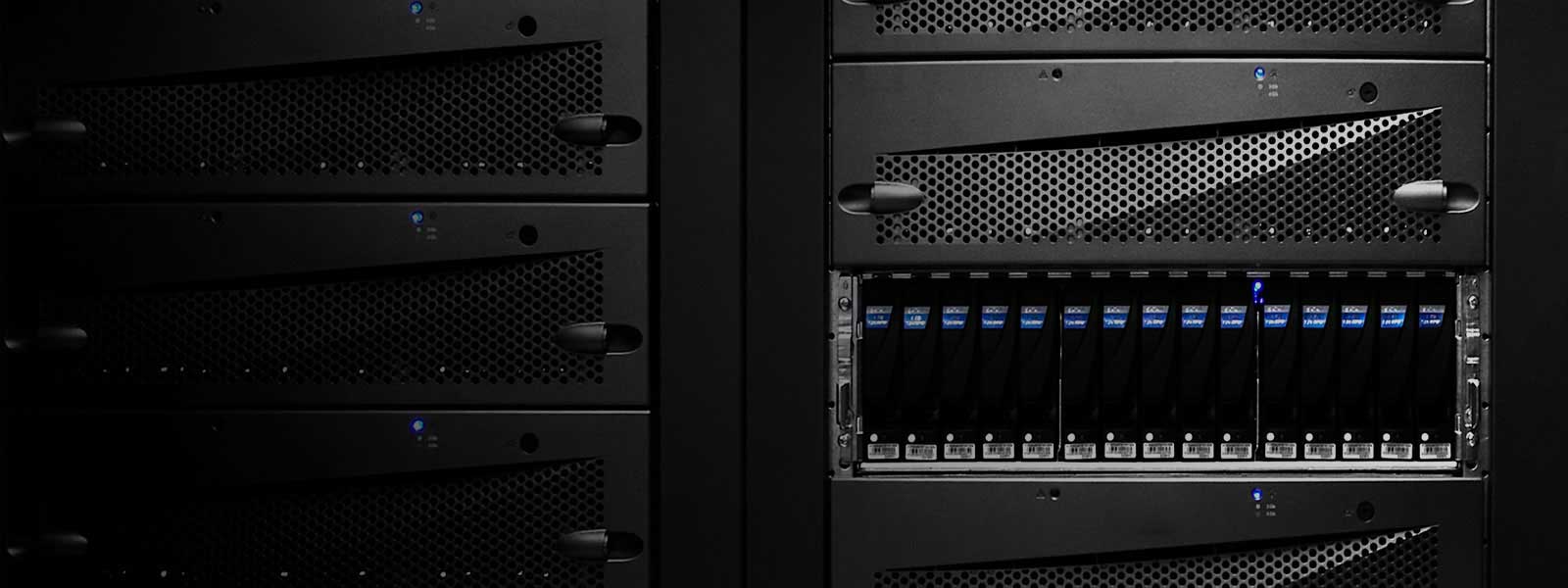Prototype 1 download bitcoin

If the currency is to grow—which, as the Financial Times argues, it clearly needs to—it will need a technical redesign. Currently, Bitcoin can only tolerate up to 7 transactions per second, which is tiny compared to the many thousands that, say, Visa can handle. The Chinese companies mining Bitcoin could, in theory, join forces to take advantage of the majority loophole.
Given the country in which the most prolific miners operate, the news could raise fears about state control. The future of home movies is shooting them in 3-D and playing them back in VR. Men are less likely to do it than women, and mixed-sex pairs least likely of all. Unlimited online access including articles and video, plus The Download with the top tech stories delivered daily to your inbox. Unlimited online access including all articles, multimedia, and more.
The Download newsletter with top tech stories delivered daily to your inbox. Revert to standard pricing. Hello, We noticed you're browsing in private or incognito mode. Subscribe now for unlimited access to online articles. Why we made this change Visitors are allowed 3 free articles per month without a subscription , and private browsing prevents us from counting how many stories you've read.
US will label GMO foods with smiley faces and sunshine. The Trump administration is developing a weird love-hate relationship with AI. How can we be sure AI will behave?
Perhaps by watching it argue with itself. Learn more and register. The blockchain "duck test" CryptoKitties are not a security This VR point-and-shoot camera will let you rewind your life and relive your memories. What makes these features really shine, and what make cryptocurrencies possible, is network.
You can think of those blockchain features as rules, similar to the rules that people establish when they want to live and thrive together. A kind of social arrangements. Similarly, when people share identical ideas, they become stronger and can together build a better life. This is very important: Improving this scenario and making this a P2P network can be a good challenge and practice for you!
Also I cannot guarantee that other scenarios besides the one implemented in this article, will work. This part introduces significant code changes, so it makes no sense explaining all of them here.
Please refer to this page to see all the changes since the last article. In blockchain network there are nodes, and each node is a full-fledged member of the network. A node is everything: Blockchain network is a P2P Peer-to-Peer network, which means that nodes are connected directly to each other.
Here its schematic representation:. Business vector created by Dooder - Freepik. Nodes in such network are more difficult to implement, because they have to perform a lot of operations. Despite being full-fledged, blockchain nodes can play different roles in the network. To implement network in our blockchain, we have to simplify some things. So, we want to run multiple blockchain nodes on a single machine and at the same time we want them to have different addresses.
This approach also requires having different blockchains and wallet files. So, what happens when you download, say, Bitcoin Core and run it for the first time? It has to connect to some node to downloaded the latest state of the blockchain. These are not nodes, but DNS servers that know addresses of some nodes. This is what it looks like in Bitcoin. Nodes communicate by the means of messages. When a new node is run, it gets several nodes from a DNS seed, and sends them version message, which in our implementation will look like this:.
AddFrom stores the address of the sender. What should a node that receives a version message do? This is a kind of a handshake: First, we hardcode the address of the central node: Means that if current node is not the central one, it must send version message to the central node to find out if its blockchain is outdated. Our messages, on the lower level, are sequences of bytes. It creates a byte buffer and fills it with the command name, leaving rest bytes empty.
When a node receives a command, it runs bytesToCommand to extract command name and processes command body with correct handler:. First, we need to decode the request and extract the payload.